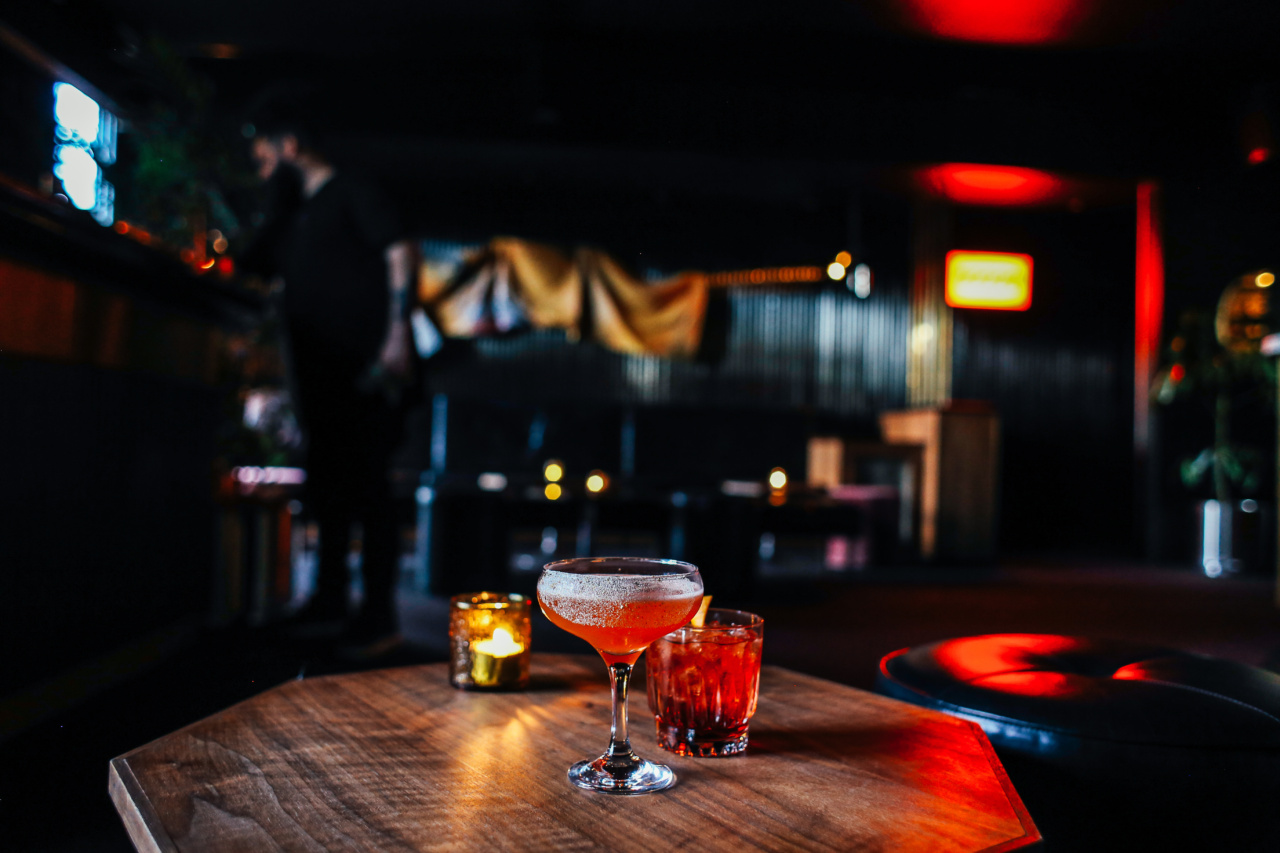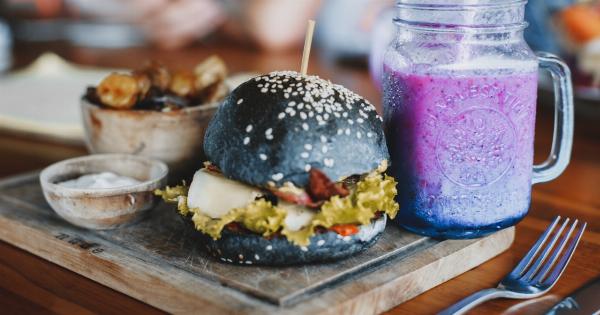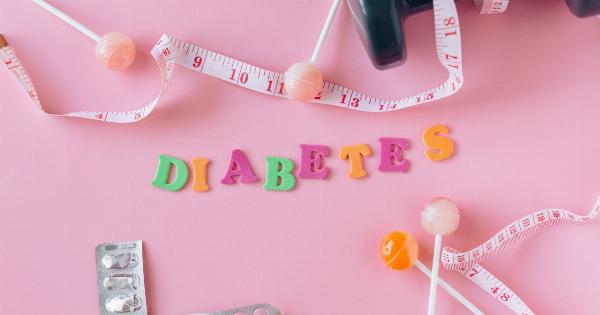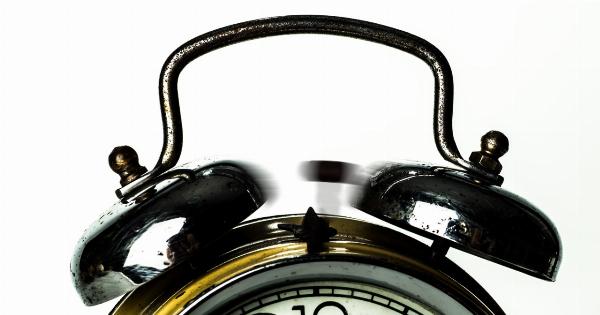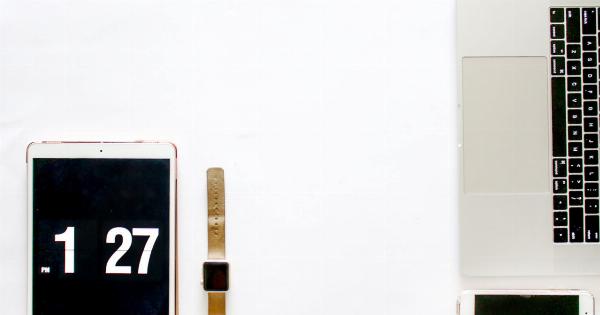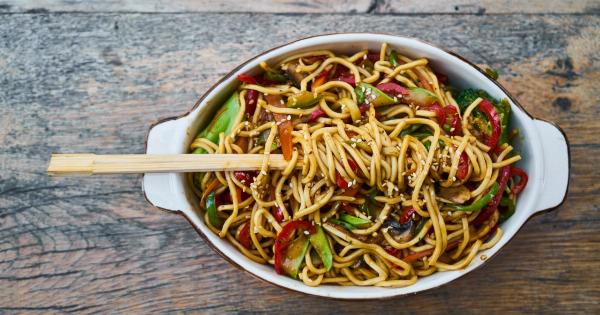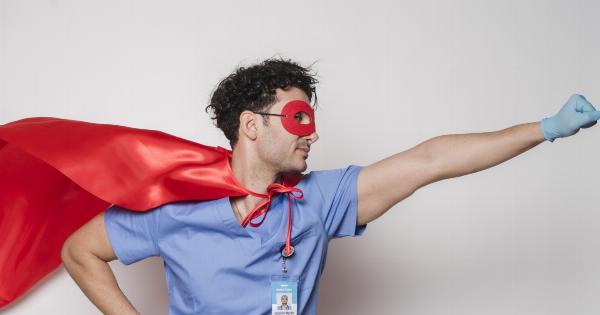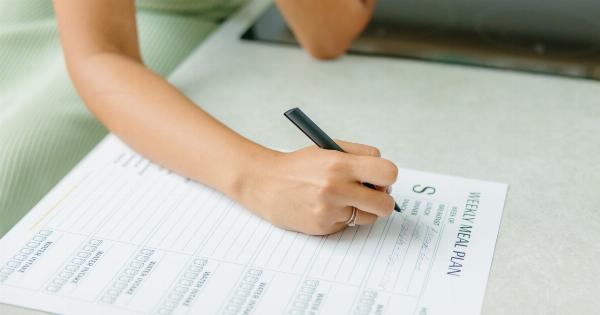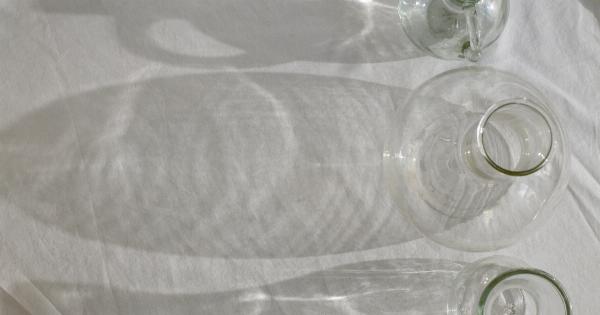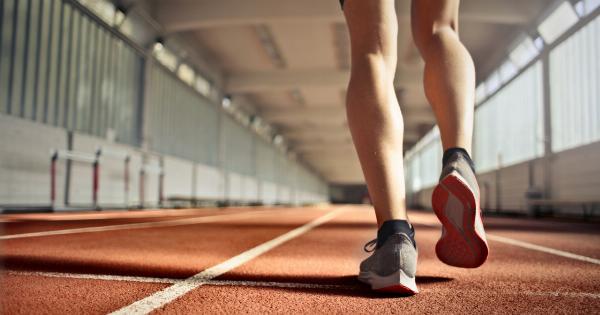When it comes to weight management and maintaining a healthy lifestyle, it is important to consider the calories found in the beverages we consume, including alcohol.
Alcohol, although not typically labeled as such, carries a considerable amount of calories. In fact, it is often referred to as “empty calories” because it provides little to no nutritional value. These calories can quickly add up and contribute to weight gain if not accounted for.
While the best way to minimize the impact of alcohol calories is through moderation, some individuals may choose to burn off these calories through exercise. In this article, we will explore how to calculate the exercise needed to burn off alcohol calories.
Understanding Caloric Content of Alcohol
Before diving into the calculation, it is important to have an understanding of the caloric content of alcohol. Alcohol contains 7 calories per gram, making it a relatively energy-dense substance.
To further grasp this concept, consider that carbohydrates and protein contain 4 calories per gram, while fat contains 9 calories per gram. This puts alcohol in the middle, with a higher caloric content than carbs and protein but lower than fat.
Calculating Alcohol Calories
To calculate the number of calories in an alcoholic beverage, the alcohol content (in grams) and the serving size need to be known. The alcohol content is typically denoted as a percentage by volume (ABV).
To calculate the alcohol calories, you can follow this formula:.
Calories from alcohol = (Alcohol content (g) x Serving size (ml) x 0.8) x 7.
Example Calculation:
Let’s consider a 355ml can of beer with an ABV of 5%:.
Calories from alcohol = (0.05 x 355 x 0.8) x 7 = 494 calories.
Calculating Exercise Needed to Burn Off Alcohol Calories
Now that we have determined the caloric content of the alcoholic beverage, we can move on to calculating the exercise needed to burn off those calories.
The number of calories burned during exercise varies depending on factors such as body weight, intensity, and duration of the activity. For the purpose of this article, we will use averages based on a person weighing 155 pounds (70.3 kg) engaging in moderate-intensity activities for 30 minutes.
Average Calorie Burn During Exercise
Here are some average calorie burn rates for different exercises:.
- Walking (3.5 mph): 149 calories
- Jogging/Running (5 mph): 298 calories
- Cycling (moderate, 12-13.9 mph): 260 calories
- Swimming (moderate): 223 calories
- Jumping rope: 298 calories
- Dancing (aerobic): 223 calories
Example Calculation:
Using the example of a 355ml can of beer with 494 calories, we can calculate the exercise needed to burn off these calories:.
Walking: 494 calories ÷ 149 calories = 3.32 walks (approx. 3 walks).
Jogging/Running: 494 calories ÷ 298 calories = 1.66 runs (approx. 2 runs).
Cycling: 494 calories ÷ 260 calories = 1.9 cycles (approx. 2 cycles).
Swimming: 494 calories ÷ 223 calories = 2.21 swims (approx. 2 swims).
Jumping Rope: 494 calories ÷ 298 calories = 1.66 sessions (approx. 2 sessions).
Dancing: 494 calories ÷ 223 calories = 2.21 dance sessions (approx. 2 dance sessions).
These calculations provide an estimation of the number of exercise sessions needed to burn off the calories consumed from a 355ml can of beer, based on average calorie burn rates.
Conclusion
Calculating the exercise needed to burn off alcohol calories can be a helpful tool in managing weight and maintaining a healthy lifestyle.
By understanding the caloric content of alcohol and the average calorie burn rates during different exercises, individuals can make informed decisions about their beverage choices and exercise routines. It is important to remember that moderation is key when it comes to alcohol consumption.
Always consult with a healthcare professional or a registered dietitian for personalized advice and guidance in navigating the relationship between alcohol, exercise, and overall health.
